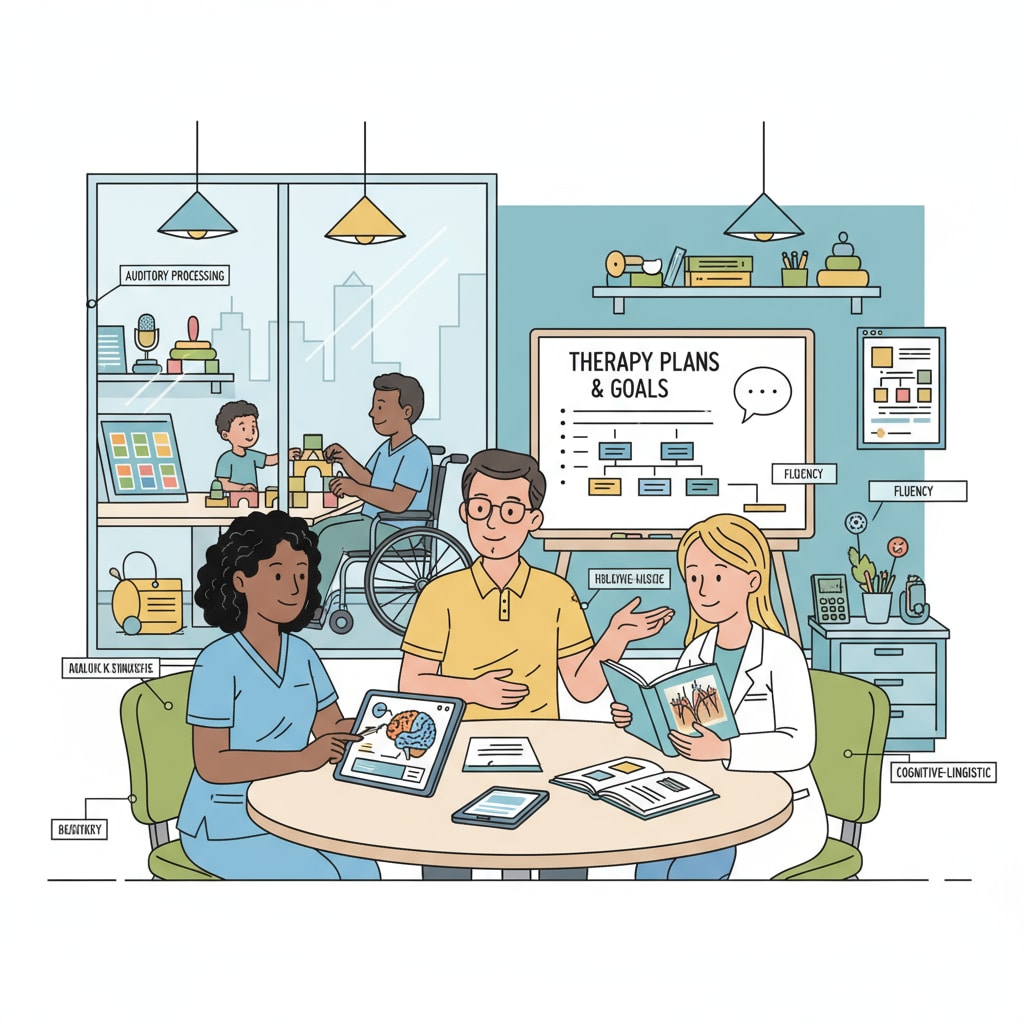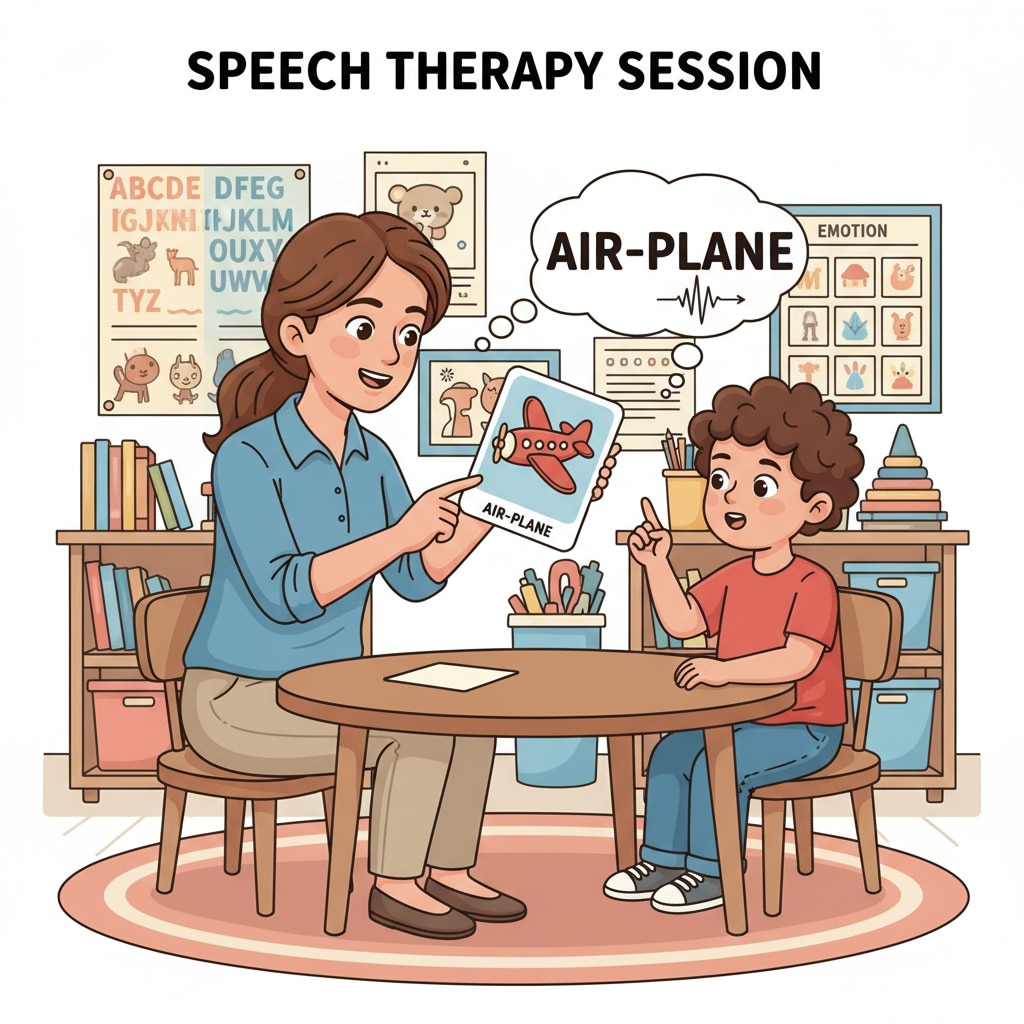Speech-language pathologists often encounter challenges regarding misunderstandings of their professional titles. These misunderstandings can lead to various issues, from miscommunication in the workplace to a lack of recognition of the full scope of their expertise. Correcting these misnomers is not only about semantics but is essential for the professional growth and proper functioning of speech-language pathologists.

The Impact of Misnomers on Speech-Language Pathologists
One significant impact of professional title misnomers is the potential for miscommunication. For example, when people misunderstand what a speech-language pathologist does, they may not fully appreciate the range of services provided. This can lead to inappropriate referrals or a lack of trust in the professional’s abilities. According to the American Speech-Language-Hearing Association, speech-language pathologists work with a diverse range of clients, from children with speech delays to adults recovering from strokes. However, misnomers can cloud this understanding.

Reasons Behind the Misnomers
There are several reasons for these misnomers. Firstly, the complexity of the profession is not always well-understood. Speech-language pathology encompasses a wide range of skills, including diagnosing speech and language disorders, providing therapy, and conducting research. This broad scope can be difficult for the general public to grasp. Secondly, the use of similar-sounding titles in related fields can cause confusion. For instance, audiologists and speech-language pathologists may be lumped together in the minds of some people, despite having distinct roles. As a result, misnomers persist.
Correcting these misnomers is crucial. It helps in building a clear identity for speech-language pathologists. When the public has a proper understanding of the title, they are more likely to respect the profession and its practitioners. Additionally, it enables better collaboration within the healthcare system. Speech-language pathologists can work more effectively with other professionals when their roles are clearly defined. To achieve this, education and awareness campaigns are necessary. Professionals can engage in public outreach, use clear and accurate language when communicating about their work, and advocate for the correct use of their titles.
Readability guidance: The article uses short paragraphs to enhance clarity. The sections on the impact and reasons for misnomers provide key insights. Transition words like ‘for example’ and ‘firstly’ are used to improve flow. By addressing these aspects, speech-language pathologists can better deal with the issue of professional title misnomers.


